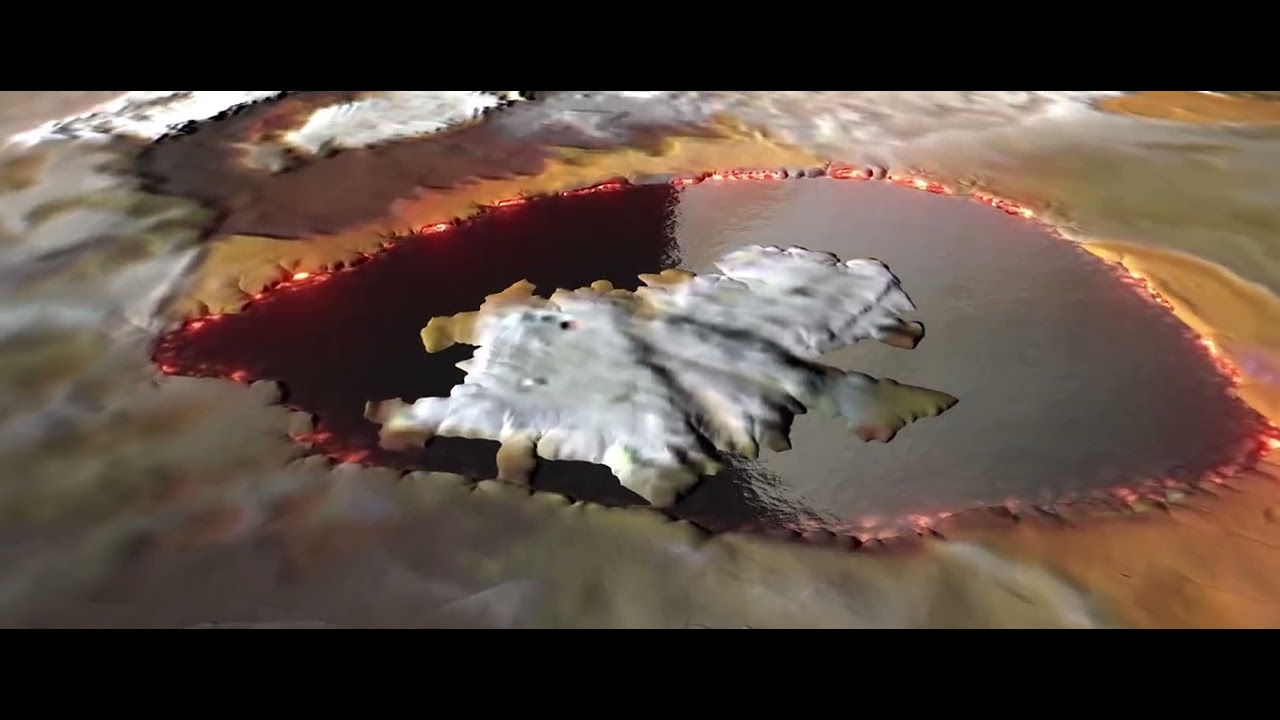3 min read
Cassini Significant Event Report
For Week Ending 06/09/00
The most recent spacecraft telemetry data was acquired from the Goldstone
tracking station on Wednesday, 06/07. The Cassini spacecraft is in an
excellent state of health and is operating normally. The speed of the spacecraft can be viewed on the "Where is Cassini Now?" web page.
On board activities this week focused on instrument activities associated
with Instrument Checkout #2 (ICO-2), with most activities associated with
checkout of the new instrument flight software loads. Checkout activities
were performed for the following instruments: Magnetospheric Imaging
Instrument (MIMI), Ultraviolet Imaging Spectrometer (UVIS), Radio and
Plasma Wave Science (RPWS), Magnetometer Subsystem (MAG), Cosmic Dust
Analyzer (CDA), Composite Infrared Spectrometer (CIRS), Imaging Science
Subsystem (ISS). Additional on board activities included two reaction wheel
momentum unloads. Propulsion reports that we are now using approximately
1.2 grams of hydrazine per day to maintain reaction wheel momentum.
The kick-off meeting for TCM-14 (Trajectory Correction Maneuver) occurred
this week. TCM-14 is a 5.8 second burn on the Main Engine, to help target
Phoebe, one of the Saturnian moons, on the way to Saturn Orbit Insertion.
The TCM-14 mini-sequence has been generated and will be uplinked to the
spacecraft next week.
The Instrument Operations Team completed a test of the transfer of science
data to remote instrument sites over the Internet. This capability will be
utilized for ICO-2.
Program personnel supported the JPL Open House. The Saturn Educator Guide
was made available on the web in time for this event and can be accessed at
http://saturn.jpl.nasa.goveducatorguide/
The Independent Cost Review concluded during this reporting period.
System Engineering and Uplink Operations team members presented the Cassini
end-to-end cruise process to the Aerospace Safety Advisory Panel. This
presentation discussed the Cassini flight team process to generate and
radiate commands to the spacecraft.
The Cassini Project Science Group (PSG) meet this week in Nantes, France,
with representatives from each of the 18 Cassini Orbiter and Huygens Probe
science instruments. Discussions addressed program status, plans for
upcoming cruise activities, and ongoing plans for Saturn tour. The Titan
Orbiter Science Team also met as well as Working Groups representing
Cassini-Huygens science disciplines -- Atmospheres, Magnetospheric and
Plasma Science, Rings, and Surfaces. Separate from the PSG, members of the
Cassini Radar and Magnetometer investigations held team meetings in Europe
this week.
Additional information about Cassini-Huygens is online at http://saturn.jpl.nasa.gov.
Cassini will begin orbiting Saturn on July 1, 2004, and release its piggybacked Huygens probe about six months later for descent through the thick atmosphere of the moon Titan. Cassini-Huygens is a cooperative mission of NASA, the European Space Agency and the Italian Space Agency. JPL, a division of the California Institute of Technology in Pasadena, manages the mission for NASA's Office of Space Science, Washington, D.C.
Media Relations Office
Jet Propulsion Laboratory
California Institute of
Technology
National Aeronautics and Space
Administration
Pasadena, Calif. 91109.
Telephone (818) 354-5011







